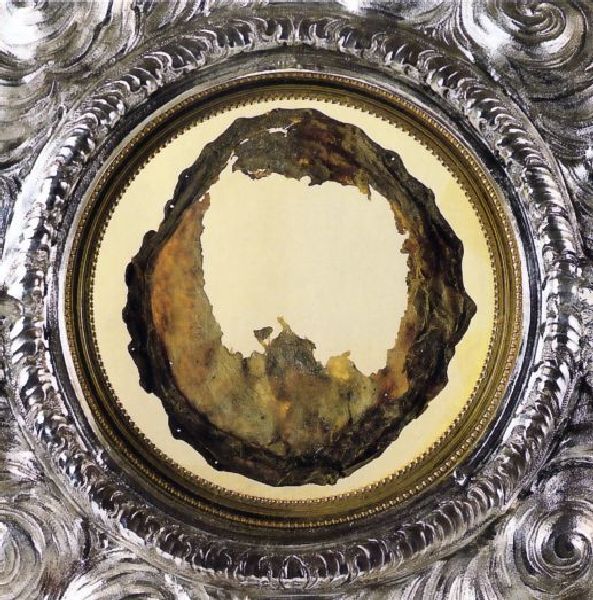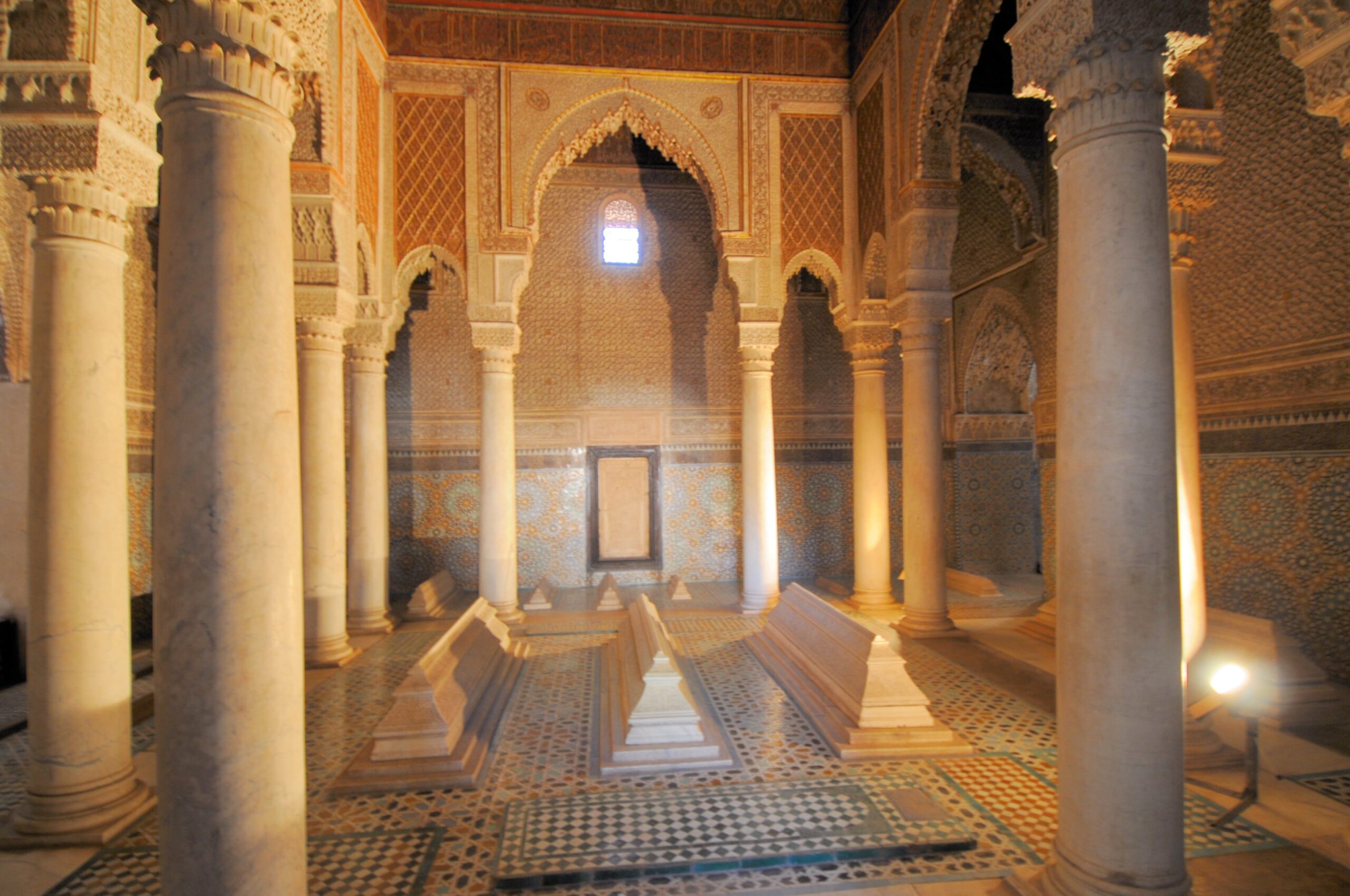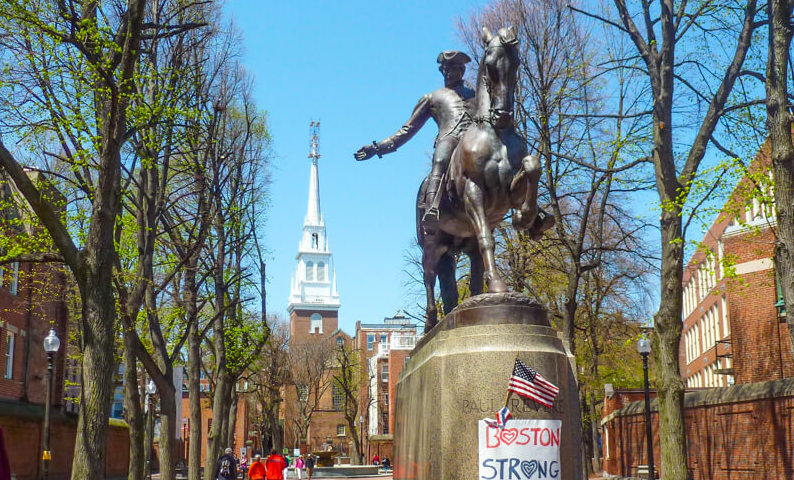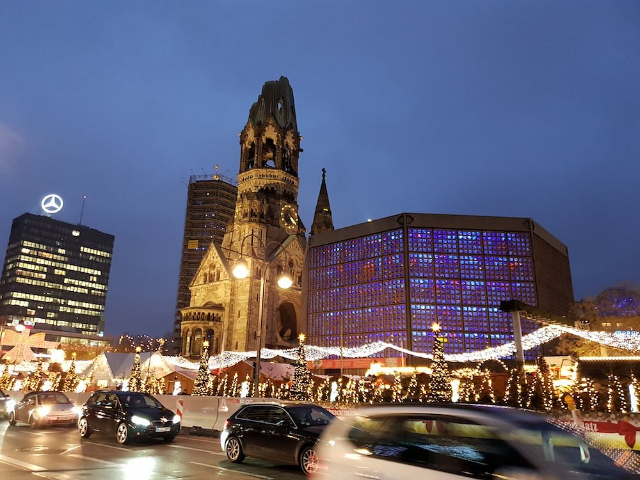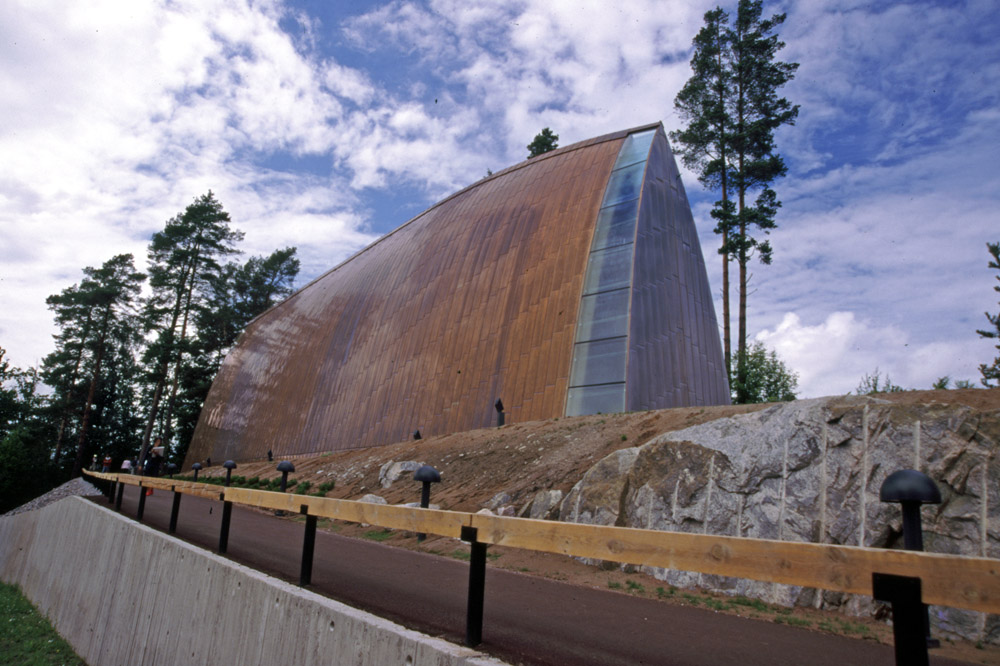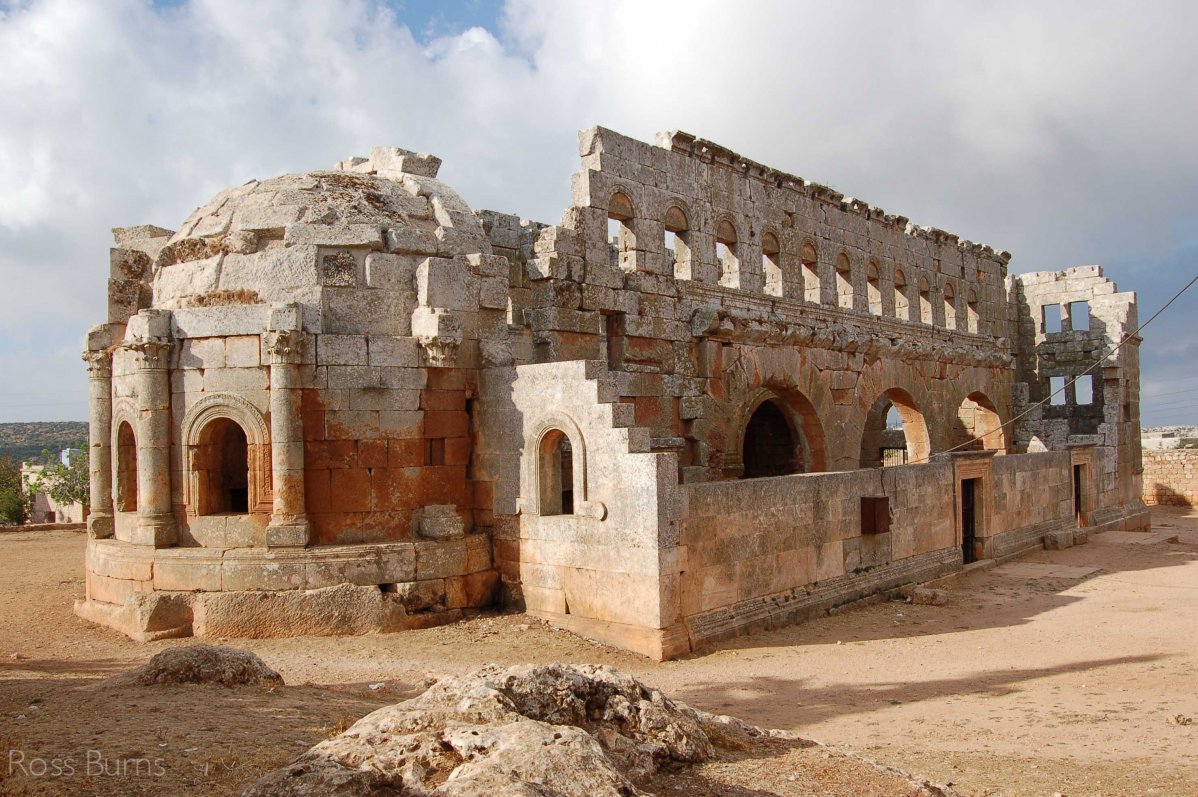Ancient Anxanum dei Frentani preserves the first and greatest Eucharistic Miracle of the Catholic Church,for over 1200 years.It took place in fact in the eighth century A.D. in the small church of St. Legonziano,which today is incorporated into the more grandiose Sanctuary that was erected above.
A Basilian monk apparently ‘doubted’ the real presence of Christ in the host and wine he was about to take;at that precise instant,the former became flesh and the latter living blood,which clotted into five globules irregular in shape and size. Incredulity and dismay could not hide from the faithful what was happening and the monk had to reveal it to those present.
Immediately,having discarded the hypothesis of a hoax,they cried out for a prodigy,and since then the relics,although kept without special care of hermeticity or asepticity,have been preserved to the present day.The relics are visible to the faithful and visitors,placed above the high altar,in the center of the chancel of the Shrine of the Eucharistic Miracle and known throughout the world.They have been in this location since 1902.
The precious relics were guarded by the Basilians,who ran the church of St.Legonziano,until in 1176 Pope Alexander III approved their succession by entrusting the church and the Eucharistic Miracle to the Benedictines,replaced in turn by the Friars Minor Conventual(Franciscans) from 1252 at the behest of the bishop of Chieti,Landulfo,and by Papal Bull of May 12,1252.In 1258 they proceeded to build the large shrine that we still visit today,albeit remodeled in other styles later.The management still belongs to the Friars Minor Conventual of Lanciano.The anniversary of the miracle that took place is celebrated from October 24 to 31 each year,with profuse attendance of the faithful from all over.
One can raise doubts about these findings,it is legitimate to do so.The church first declares itself cautious before such prodigies(which are not so isolated,as we have seen in another section). One might think that ‘someone’ cleverly placed for the observation of the disbelieving monk macabre artifacts taken from some ‘corpse'(which must have been there ready for the purpose anyway!),or that the story is the result of a manipulation or distortion of different facts ‘repurposed’ for the purpose of increasing popular credulity,and that the artifacts are ‘human’ proves nothing for the faith:in fact one would be surprised if they were not human but consisted of some hitherto unknown substance.But what is most surprising is that these artifacts were preserved,in spite of so many centuries,without the use of preservative or mummifying substances,of which no trace has ever been found.It represents a scientific puzzle and,for the believer,the sign of something transcendent. I wonder if it has not been possible to test to what era they date.
In a historic hall, adjacent to the shrine,the Franciscans have set up a historical-scientific and catechetical exhibition on the Eucharistic Miracle,in which scrolls related to the Eucharistic Miracle are on display,as well as popular panels citing the scientific analyses that have been conducted on the biological findings preserved here.It should be mentioned that ecclesiastical investigations were conducted as early as 1574; then in 1970-’71, resumed in 1981 by Prof.O.Linoli, a free lecturer in Pathological Anatomy and Histology and in Clinical Chemistry and Microscopy,assisted by Prof.R.Bertelli of the University of Siena.Easily traceable on the web is the story of the place(1),but here it interests us to pose some reflections,as we have seen by going on a visit to Lanciano,many attestations concerning the analyses that were conducted on the two findings,which led to the conclusion that the meat is real meat;the Blood is real Blood;both of human origin with blood group AB.Meat belongs to the cardiac muscle fiber (myocardium,endocardium,vagus nerve,part of the left ventricle of the heart).Blood contains protein fractions in typical percentage ratios found in a fresh blood sample(as well as minerals such as Chlorine,Phosphorus,Magnesium,Potassium,Sodium,Calcium).
